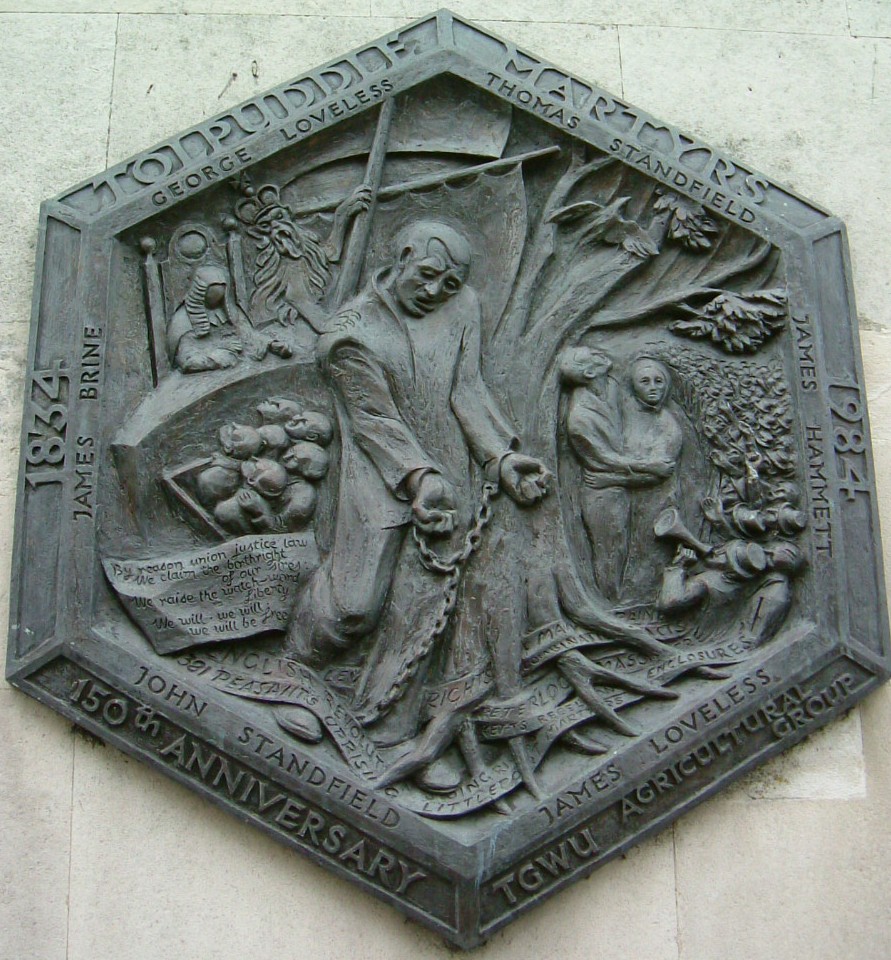Minimising the distinction between individual and community, and the political expression which links the two, requires that a politicised folk community is self-contained and self-referential. Historically, it has not proven possible to create that polity on a large scale and it has become an ideal type: a goal, but a utopian one. The process of political organisation tends to involve constituting an exclusive elite who impose regulation on the folk community. The manner in which the boundaries between the folk community are kept blurred is a two-fold process in which the identification of political elite and political underclass is resisted. Thus, 'the people' who represent that community are notoriously never enumerated, and the political elite becomes equally undifferentiated – William Cobbett's 'The Thing'. Whilst what we might define as 'popular politics' contains the notion of sharply delineated social strata and the possibility of revolutionary change, 'folk politics', lacking the ability to define one's fellows or one's enemies, beyond the 'we know who we/they are' syndrome, becomes the preserve of dissent; continual disenchantment and dissatisfaction in which the expression of dissent is important in itself.
 |
Agricultural labourers in the village of Tolpuddle in Dorset stood up for the right to free association, in actions which have come to mark the genesis of the Trades' Union movement. A plaque commemorating the 150th anniversary of the labourers' actions features on the wall of Dorchester Old Crown Court, and depicts the naming of individuals, the personification of the collective in an individual figure, the landscape and environment in which the action took place, the juxtaposition of the bondage of labour and imprisonment with the movement of the ship of transportation and the bird of freedom, the elite individualisation of the judge and lion of the court versus the collective of the convicted and the campaigners. On the outskirts of Tolpuddle, the TUC runs a unit of housing and a museum dedicated to the Martyrs. The graphics used in much of the publicity and on some of the merchandise were commissioned from Clifford Harper. |
|